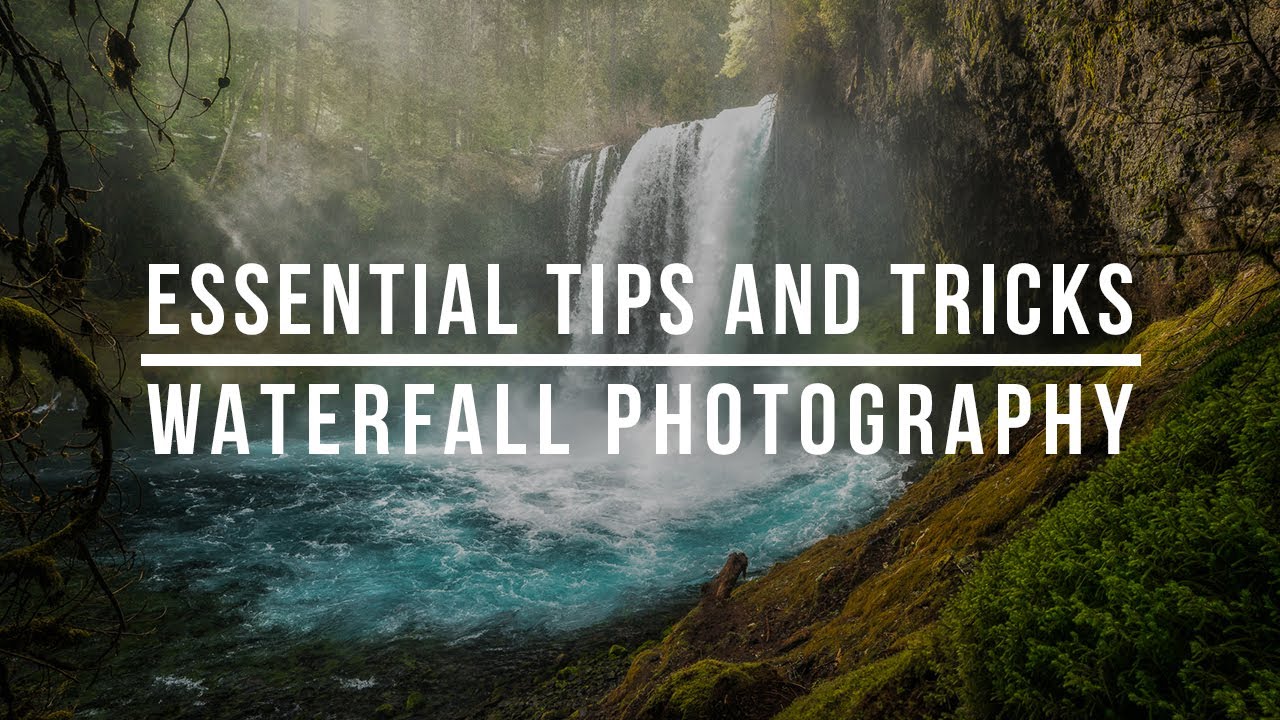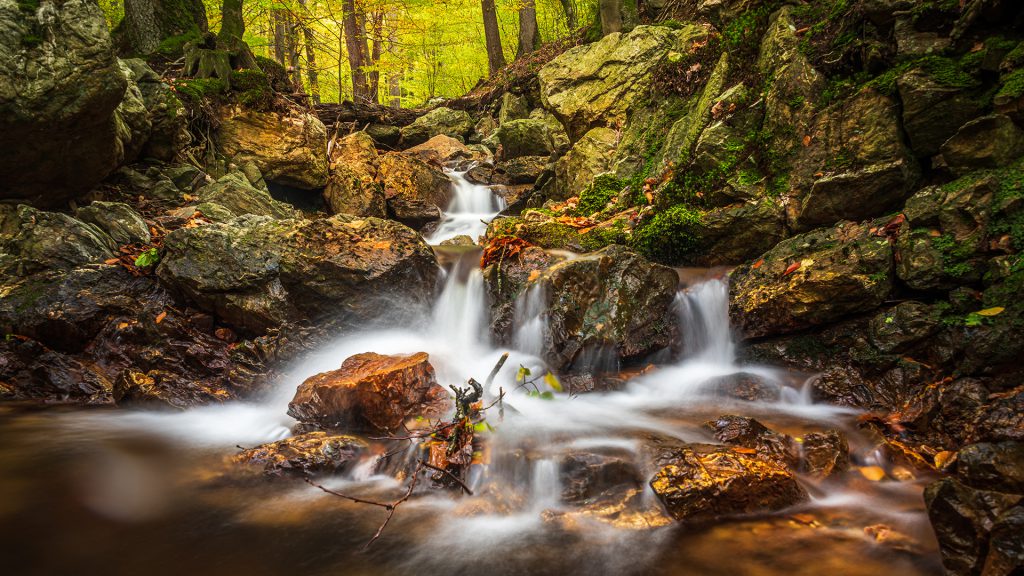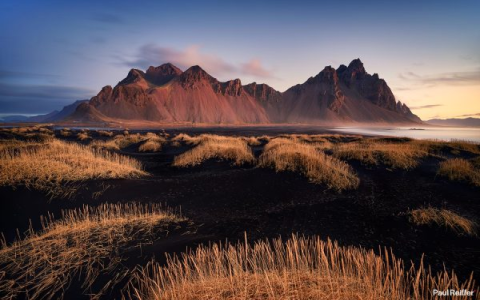When you’re out and about, tryin’ to get a good picture of one of them waterfalls, it’s a bit more tricky than just clickin’ away with your camera. Now, I ain’t no expert, but I can tell you a thing or two ‘bout takin’ photos of waterfalls so they look just right. You know, them fancy techniques folks use to make sure the water looks all smooth and pretty in the picture. There’s a few ways to go ‘bout it, and if you want to get the best shot, you gotta pay attention to the details. Let me tell ya what I’ve learned over the years, and maybe it’ll help ya too.

Get Your Camera Settings Right
First thing’s first: you gotta know what settings to use. Now, if you just point and shoot like most people do, you’re gonna end up with a blurry mess. And I don’t think you want that. When it comes to waterfalls, you want the water to look all smooth-like, like it’s gliding down real soft. To do that, you gotta use a slow shutter speed. A fast shutter speed, like 1/500th of a second or faster, will freeze the water in place, makin’ it look all stiff and not too natural. But if you slow it down—around 1/4 or 1/2 second—you’ll get that nice, silky effect where the water just looks like it’s floatin’ down, almost like a fog. Just be careful though, ‘cause if you slow it down too much, the whole picture might get blurry, and that’s no good!
Using a Tripod to Keep It Steady
Now, you ain’t gonna want to be holdin’ your camera in your hands when you’re doin’ this. No sir, that’s just askin’ for a blurry picture. You’ll need to get yourself a good tripod. Them tripods, they’ll hold your camera nice and steady so you don’t have to worry about shakiness. You can get fancy ones that adjust real high or low, so you can snap a picture from all sorts of angles. A good tripod will help you take a longer exposure without the camera wigglin’ all over the place.
Choosing the Right Lens
Now, what kind of lens you use can make a big difference too. If you’re standin’ up close to a big ol’ waterfall, you’ll want a wide-angle lens to capture all the details in one shot. I’m talkin’ about something like a 16-35mm lens. It’ll let you see the whole scene and make the waterfall look big and impressive. But, if you’re a good ways off and just want to get a close-up of the water, then you’ll need a telephoto lens, like a 70-200mm. This’ll let you zoom in without havin’ to get too close to the waterfall. It’s like bein’ a little sneak, peepin’ in without gettin’ your feet wet!
Don’t Forget About the Sky!
One thing folks forget sometimes is the sky. The sky, it can make or break your picture. If the sky’s all cloudy or bright and harsh, it can mess up your photo. So, pay attention to the time of day when you’re takin’ pictures. Early in the mornin’ or later in the evenin’ when the sun’s not too high, that’s the best time to snap a shot. The light’s softer then, and the sky’s lookin’ just right. If you take the photo in the middle of the day, the sun might mess with your settings, making everything look too bright or too dark. And that ain’t no good!
Try Focus Stacking
If you’re takin’ a picture of a big waterfall, you might have trouble gettin’ everything in focus all at once. I mean, the front part of the waterfall might be in focus, but the back part? Not so much. To fix that, you can use something called focus stacking. It’s where you take several pictures with different focus points and then combine ‘em in your computer. That way, you get the whole waterfall nice and sharp, from front to back.
Motion Blur for Some Drama
Now, if you want to get that real dramatic look, you might want to play with motion blur. This is when you let the water blur as it moves. It gives the photo a sense of movement, like the waterfall’s actually in motion. You gotta use a slow shutter speed for this, and maybe even a neutral density filter if it’s too bright outside. This will help make sure the water looks smooth and flowing, but you gotta find the right balance so it don’t look too blurry either. It’s all about trial and error!
Exposure Bracketing for the Best Picture
Sometimes, the lighting ain’t just right for the photo you want. The waterfall might be bright, but the surroundings are too dark, or vice versa. That’s where exposure bracketing comes in. What you do is take several pictures with different exposure settings. One picture will be overexposed, one will be underexposed, and one will be just right. Then, you can combine ‘em later on your computer to get the perfect shot with all the details.
Keep an Eye on the Weather

Weather plays a big part in how your waterfall pictures turn out. If it’s been raining a lot, the waterfall’s gonna have a lot more water and look real powerful. But if it hasn’t rained in a while, the waterfall might be all dry and not so exciting. Also, keep an eye on the wind. If it’s blowing too hard, it might mess up the water’s flow and make your picture look messy. Sometimes, you can get some good shots after a light rain, when the water’s still flowin’ good, but the sun’s not too harsh.
Conclusion
So, there you have it. If you want to take a good picture of a waterfall, it’s all about knowing your camera settings, using the right gear, and paying attention to the little things like the weather and the sky. It ain’t hard once you get the hang of it, but it takes a bit of practice. So, grab your camera, head out there, and start snappin’ some beautiful waterfall shots!
Tags:[Waterfall Photography, Photography Techniques, Long Exposure, Camera Settings, Tripod, Focus Stacking, Motion Blur, Exposure Bracketing, Landscape Photography, Telephoto Lens, Wide-Angle Lens]
